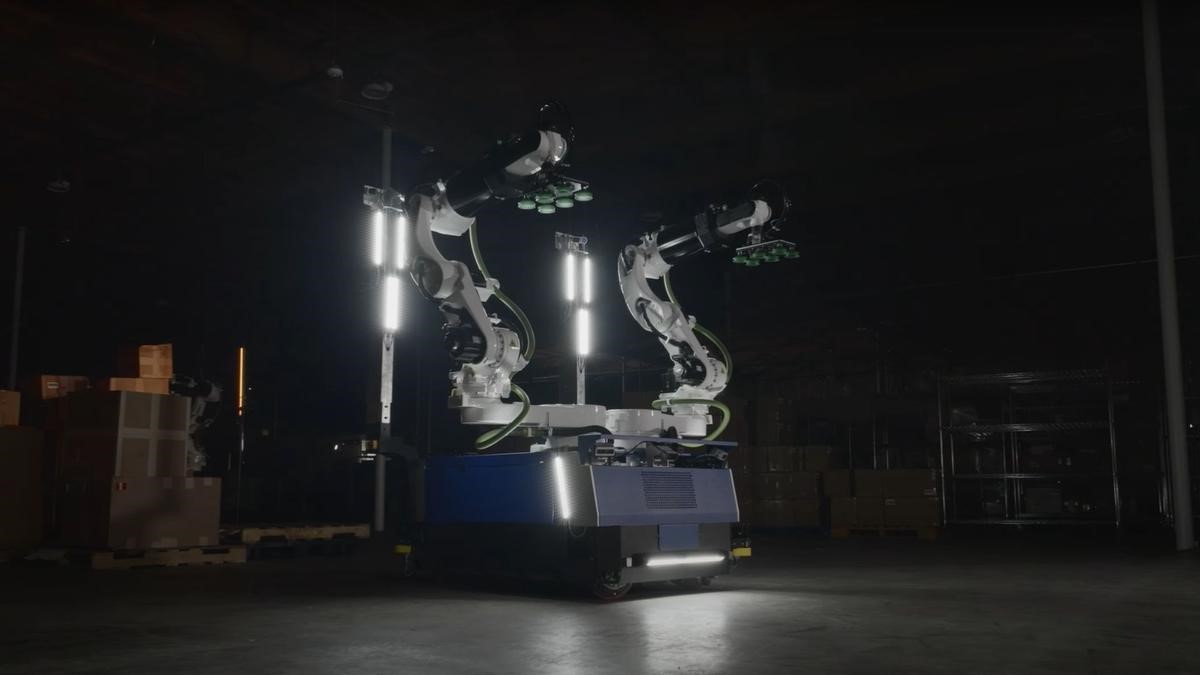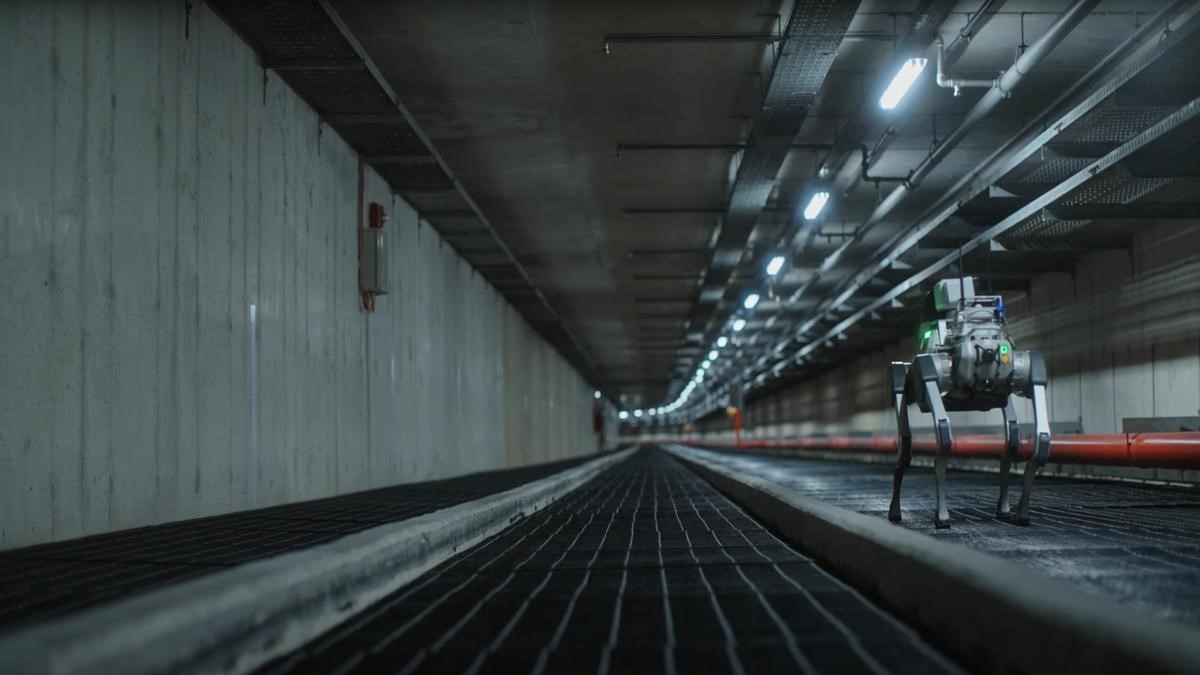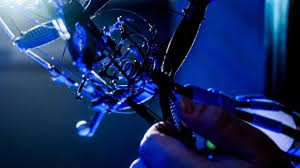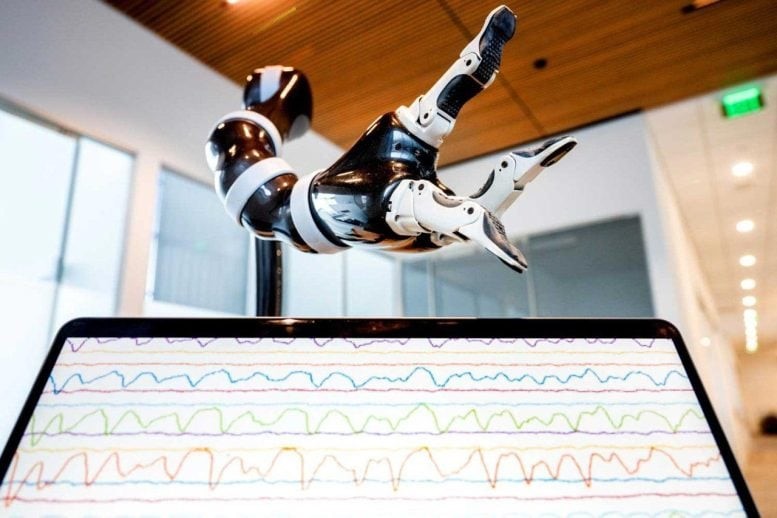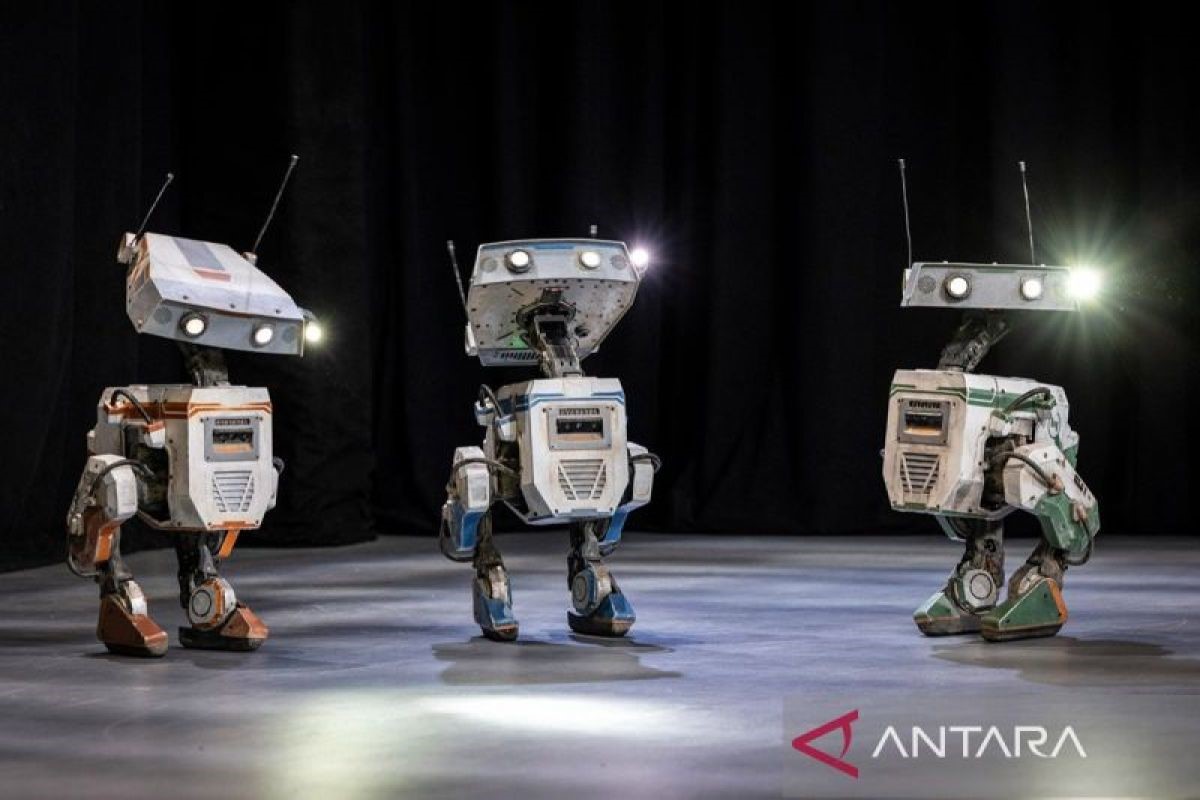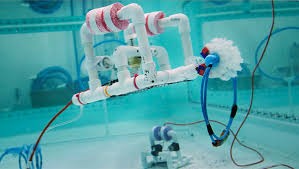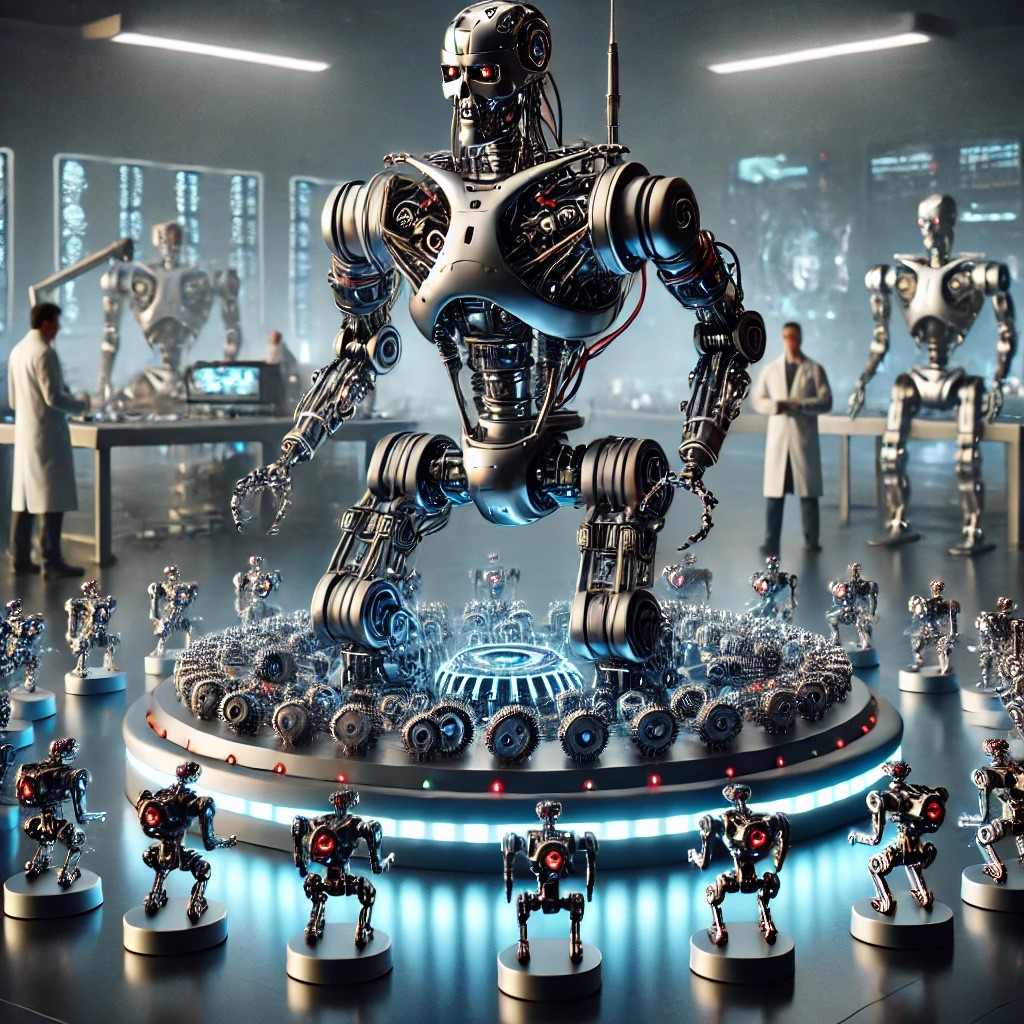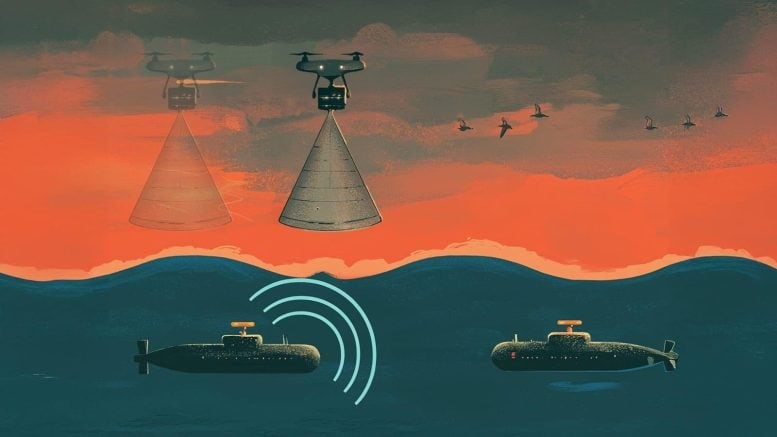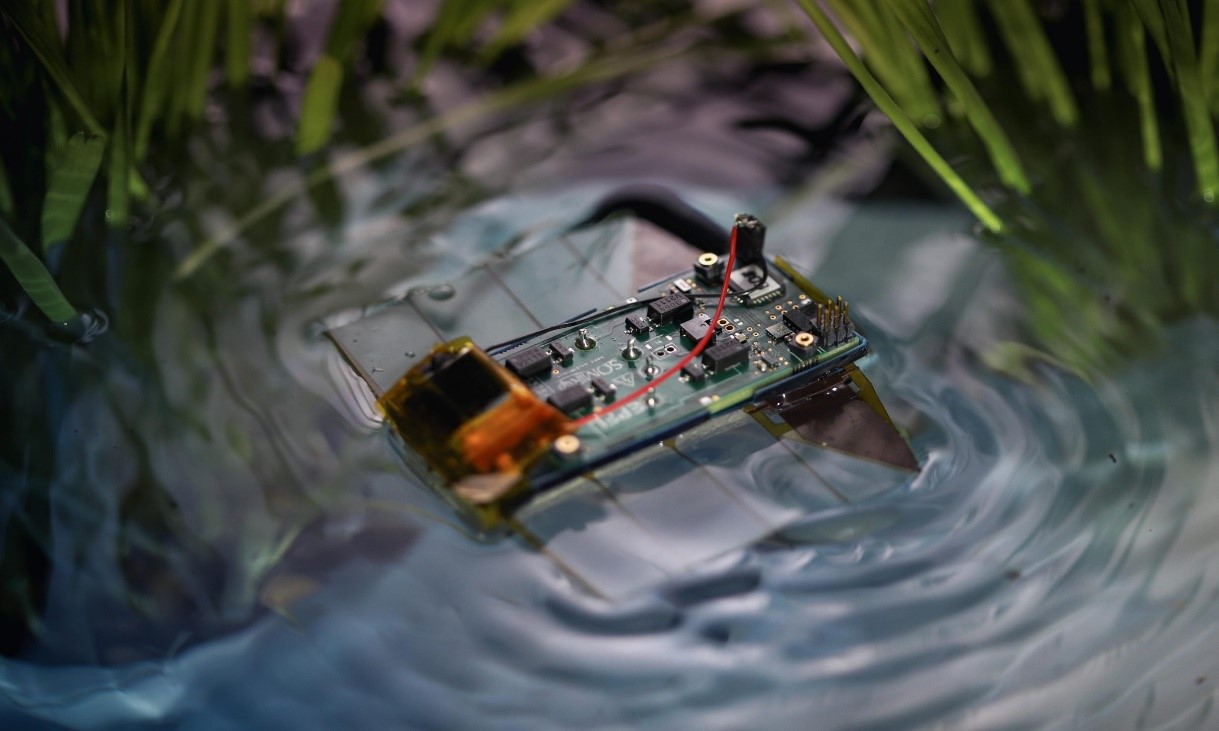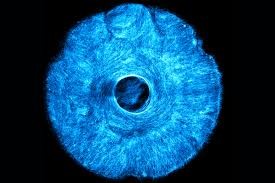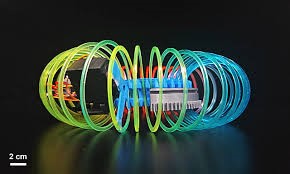Like Babies and Dancers, This Robot Learns by Observing Itself
Inspiration from Babies and Dancers Observing Their Reflections
Humans are among the few species capable of recognizing their own reflections and learning from them. Young children, upon seeing their unfamiliar bodies in mirrors or ponds, observe, analyze, and develop a “mental model” of themselves in 3D space. This process aids in the development of movement, coordination, and even early language skills. Researchers refer to this phenomenon as “self-simulation,” and it extends beyond childhood. Dancers, for example, frequently use mirrors to refine their movements, correct their posture, and receive instant visual feedback.

Figure 1. Robot Learning Through Self-Observation.
Teaching Robots to Self-Simulate
For this study, researchers explored whether an autonomous robot could develop a self-simulation process similar to that of humans. Typically, roboticists train AI models in highly detailed, carefully curated virtual simulations before applying them to physical machines. However, this approach has significant limitations. Advanced simulations take considerable time to perfect and often require extensive engineering expertise. More importantly, they can be rigid—if a robot encounters an unexpected scenario outside its training parameters, it may struggle to respond effectively. Figure 1. Robot Learning Through Self-Observation.
A Self-Supervised Learning Framework for Robots
To achieve this, researchers developed a new “self-supervised learning framework” composed of three deep neural networks. The process begins with a coordinate encoder, which analyzes raw video footage of the robot captured by a single camera—similar to how humans observe themselves in a mirror. Next, a kinematic encoder converts this video into a binary image, highlighting the robot’s joints and key movement areas. Finally, a predictive model translates this data into real-world motion instructions for the robot's physical arm.
Robot Arm Adapted to Damage in Real Time
To test their new learning framework, researchers put the robot arm through a series of basic tasks. First, they demonstrated that the arm could avoid an obstacle—such as a cardboard-like divider—simply by analyzing a video frame of itself successfully swinging past the barrier.
More impressively, the same model enabled the robot to adapt to damage. The researchers simulated a scenario where an overly heavy load had bent the robot’s limb by 3D-printing a damaged version of its arm and attaching it to the system. After observing video footage of itself with the altered limb, the model refined its predictions and adjusted the robot’s movements accordingly, effectively compensating for the simulated damage.
Self-Simulation Could Reduce Human Intervention in Robotics
The self-simulation method outlined in the study has the potential to enhance a wide range of future autonomous robots, from those used in manufacturing to environmental and industrial monitoring. By learning from camera data and adapting to damage, these robots could minimize downtime and reduce the need for human intervention—particularly in hazardous environments where repairs might put workers at risk.
Self-repairing capabilities could be especially valuable in fields like robot-assisted elder and child care, where mechanical failures could directly impact a person's well-being.
Even in more everyday scenarios, this approach offers benefits. The researchers suggest that a self-repairing vacuum robot, for example, could adjust its movement after bumping into a wall and misaligning a component. In other words, future Roombas navigating cluttered apartments might finally stand a fighting chance.
Robots Must Learn to Be Self-Sufficient
“We humans cannot afford to constantly baby these robots, repair broken parts, and adjust performance,” said Columbia Professor and paper co-author Hod Lipson. “Robots need to learn to take care of themselves.”
Source: POPULAR SCIENCE
Cite this article:
Priyadharshini S (2025),”Like Babies and Dancers, This Robot Learns by Observing Itself" , AnaTechMaz, pp.141


